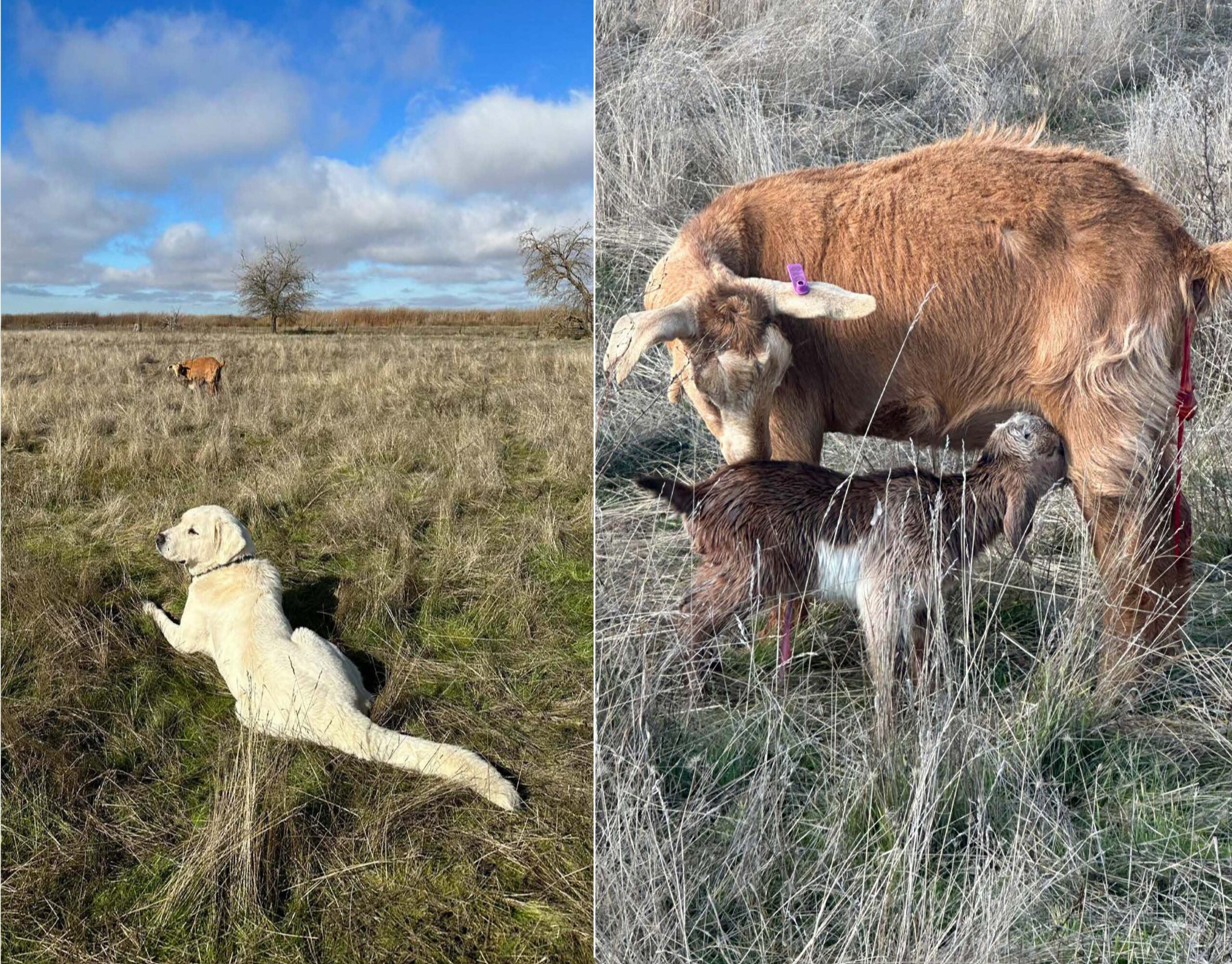The aquatic plant on the surface of the North Drainage Canal, pictured here, is azolla (some call it mosquito fern). Needless to say, it can completely take over the Conservancy’s managed marsh complexes, leaving them virtually useless as habitat for the one of the NBHCP’s two primary species, the giant garter snake. As an aquatic animal, the snake relies on smaller aquatic prey. But when there is a three-inch mat of azolla on a water channel, for example, the water chemistry changes so that there is no prey. I’ve even wondered if the snake can break through the cover of azolla, just to get air. Luckily, the photo here isn’t of the Conservancy’s preserves, but of the adjacent North Drainage Canal. The main reason I wanted to share it? Can you see the the footprints! For a mile up and down the North Drainage Canal, there are footprints easily seen on the surface of this water. On the “azolla” cap. Amazing. The Conservancy spends a lot of money trying to control azolla to keep the preserves fully functional for use by giant garter snakes. Wishes one of our covered species would eat it!

A New Team Member.
Pictured here are two photos, one of a goat about to give birth to a kid on a portion of the Conservancy’s preserves that benefit Swainson’s hawk. The hawks have migrated now, so the field’s vacant state was recently enlivened when this newborn made its introduction to life on Earth. …

